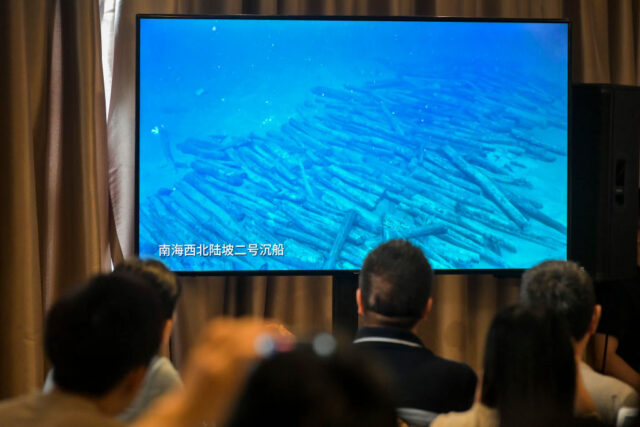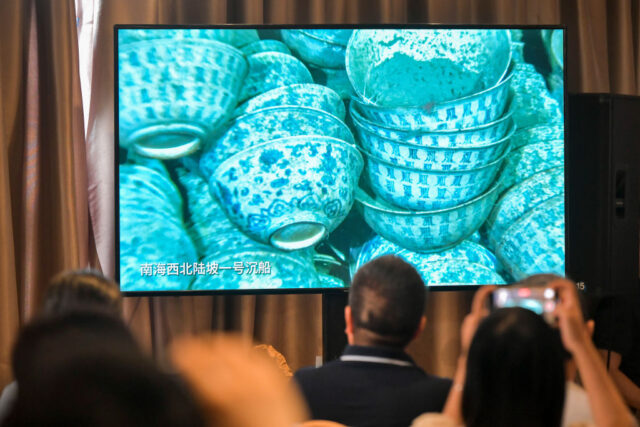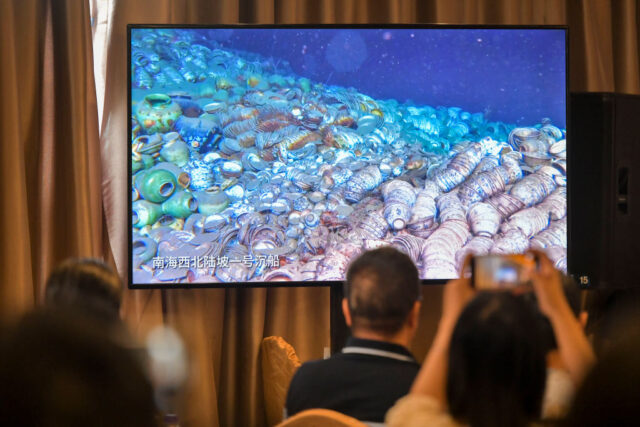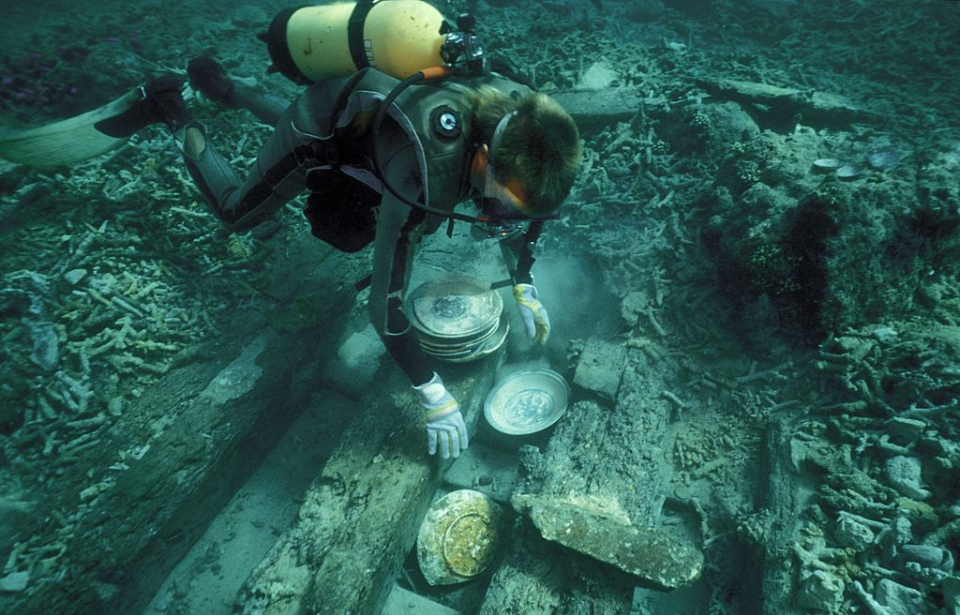In a remarkable discovery, two ancient shipwrecks from the Ming Dynasty have been located in the South China Sea. These sunken vessels, preserved for centuries beneath the water’s surface, offer a fascinating glimpse into the civilization’s maritime prowess and cultural richness. The wrecks were overflowing with numerous treasures which might provide answers about the Ming Dynasty’s use of maritime trade routes.
Discovering ancient ships
China‘s Ming Dynasty is often regarded as one of the most intriguing, in power from 1368 to 1644. They relied heavily on maritime imports to help supply their country, with trade becoming an important part of their economy. This makes the discovery of two Ming-era shipwrecks on the northwest slope of the South China Sea all the more exciting. They were located roughly one mile below sea level.

In a press conference given by the National Cultural Heritage Administration (NCHA) in May 2023, it was revealed that they have been named Northwest Continental Slope No. 1 and No. 2 shipwrecks. The find has researchers and historians alike extremely excited, as this is the first major discovery of this kind found in the region – one that tells them more about China’s involvement in the Maritime Silk Road.
Wood and porcelain
With the preliminary work that has been conducted on the contents of each wreck between the time of discovery, October 2022, and the announcement, the research team was able to accurately date each of them. Shipwreck No. 1 was dated to sometime between 1505 and 1521, and Shipwreck No. 2 between 1488 and 1505. Many different treasures of interest were found within each of them.

According to Yan Yalin, NCHA director of archaeology and leader of the investigations, “The well-preserved relics are of high historical, scientific, and artistic value (…) and is a major breakthrough study for the history of Chinese overseas trade, navigation, and porcelain.” The No. 1 shipwreck alone supposedly has 100,000 relics, most of which are porcelain. These include cups, plates, bowls, and jars. Surprisingly, they are all in very good condition, even if many are still buried in the sand.
A special find
This type of porcelain was created in China, meaning the ship was exporting the product to another country when it sank. The No. 2 shipwreck has its own treasures, including various different wooden logs and other ceramics, although nowhere near as many as the first ship. It is believed that these logs were being imported to China when the ship sank, and likely would have been used to build more ships.

Another interesting aspect of this discovery is that the two wrecks were found very close to one another, a strange occurrence as one was on its way to China while the other was leaving the country. This led researchers to believe that the location of both ships was part of a trade route that was well-used during the Ming Dynasty.
More from us: The Discovery of a 2,000-Year-Old Statue Might ‘Rewrite History’
With further research, they will be able to provide more details about maritime trade during the Ming Dynasty.
Tell us what you think of this discovery below!
